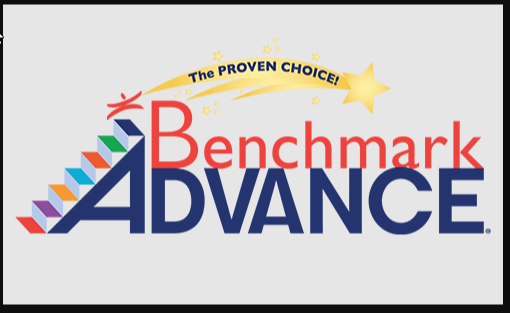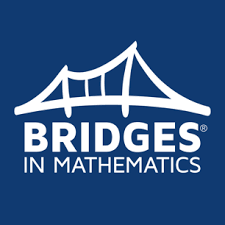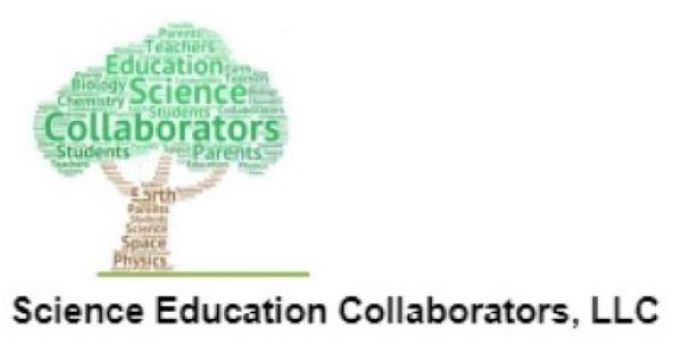Elementary Curriculum Resources
Handwriting: Handwriting Without Tears is a hands-on approach that engages students with multi-sensory activities with guided practice to develop student handwriting skills. Students in grades 4K-K are provided print instruction and practice and students in 3rd grade are provided cursive instruction and practice.


Literacy: Benchmark Education LLC
Benchmark Advance 2021, is a K–5 standards-based, core ELA program that provides a cohesive framework for the development of literacy skills and content knowledge over time. This framework reflects scientific evidence (Science of Reading) about how children learn to read and expand their proficiency in the areas of phonological awareness, phonics and word study, fluency, vocabulary, and comprehension.
Designed to meet the needs of all learners through systematic, evidence-based methods
The overall goal is to provide instruction that enables students to understand the meaning of the texts they are reading and will read in school and outside of school.
Every student has access to the resources and educational rigor they need at the right moment in their education, regardless of race, gender, ethnicity, language, disability, family background, or family income.
A program overview is available at http://www.benchmarkadvance.com/
Math: The Bridges in Mathematics curriculum is composed of three distinct but integrated components: Problems & Investigations, Work Places, and Number Corner. Each component works together to deepen students' understanding of mathematical concepts while offering the practice of procedural skills and strategies to solve complex problems. Learners are actively engaged in a process of meaning and knowledge construction as opposed to passively receiving information.


Science: For every grade level, the content of our curriculum follows a theme or storyline for multidisciplinary and meaningful learning that can be a very powerful organizer for teachers and a learning aide for students. At each grade level, the curriculum integrates the disciplinary core ideas, crosscutting concepts, and science and engineering practices found in A Framework for K-12 Science Education: Practices, Crosscutting Concepts, and Core Ideas* into one comprehensive and interconnected unit that addresses the NGSS performance objectives..
Social Studies: The elementary social studies curriculum is teacher-developed and focuses on a student’s growing realization of their place within their community. At the earlier grade levels, students learn about who they are and their place within their local community. As students transition to upper elementary, they begin to learn about other cultures, geographical locations, and peoples.


Children benefit from social-emotional learning (SEL) at any time, but today it’s especially important to help them develop the skills they need to connect and thrive. Second Step® Elementary is a leading research-based SEL curriculum for students in Kindergarten–Grade 5.
WHSD Adopted Educational Standards: To access subject area standards please use this available link: WHSD Adopted Educational Standards
